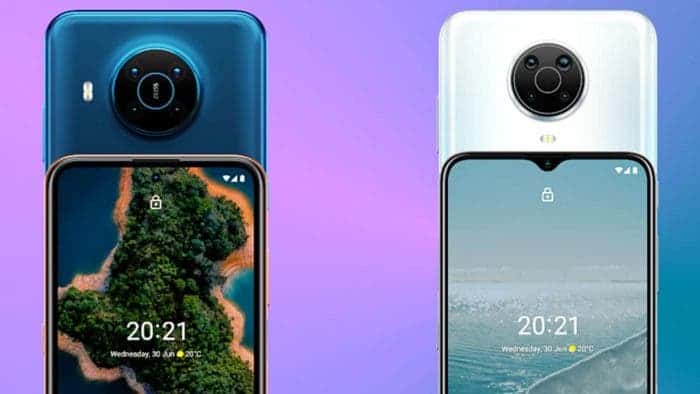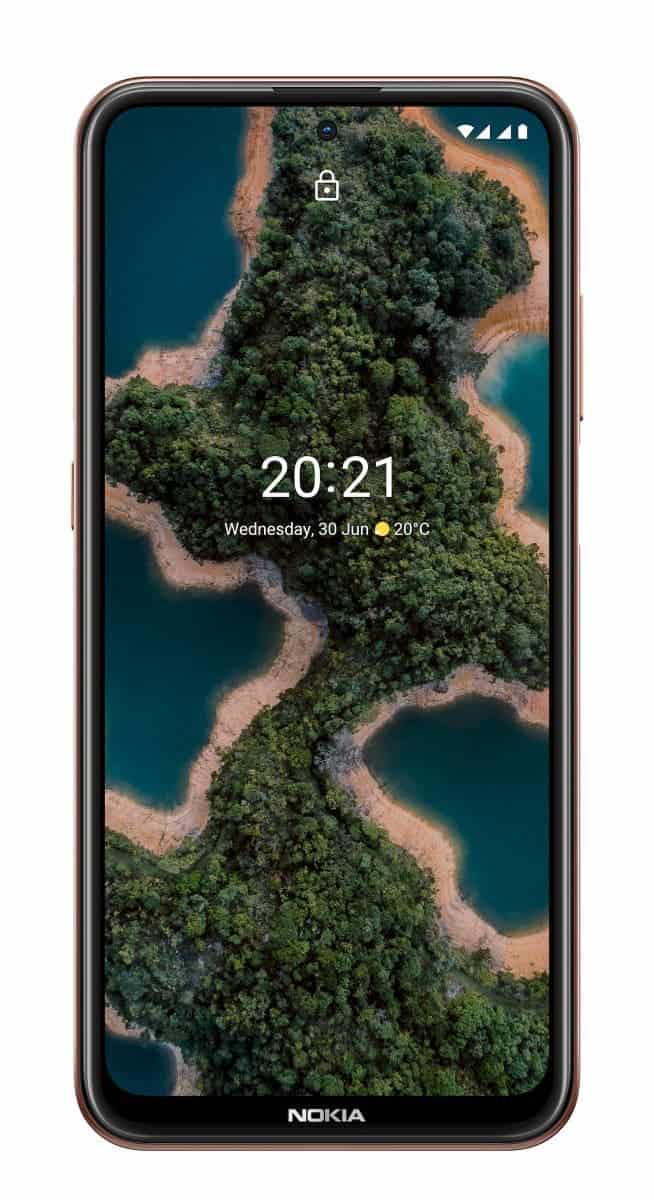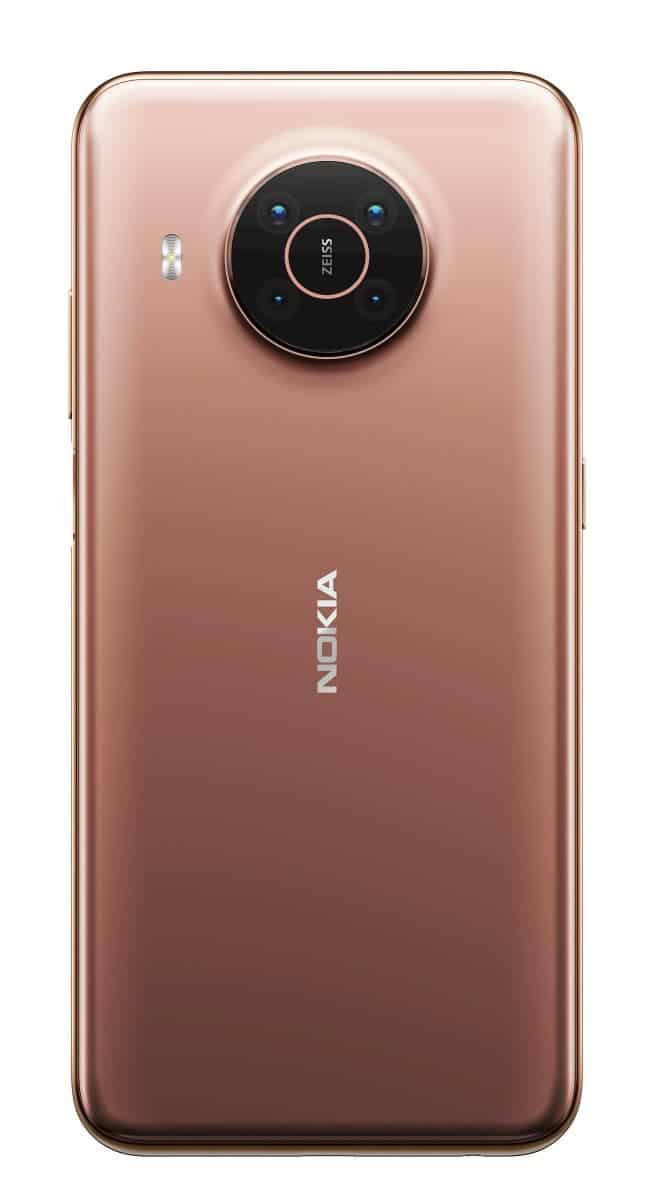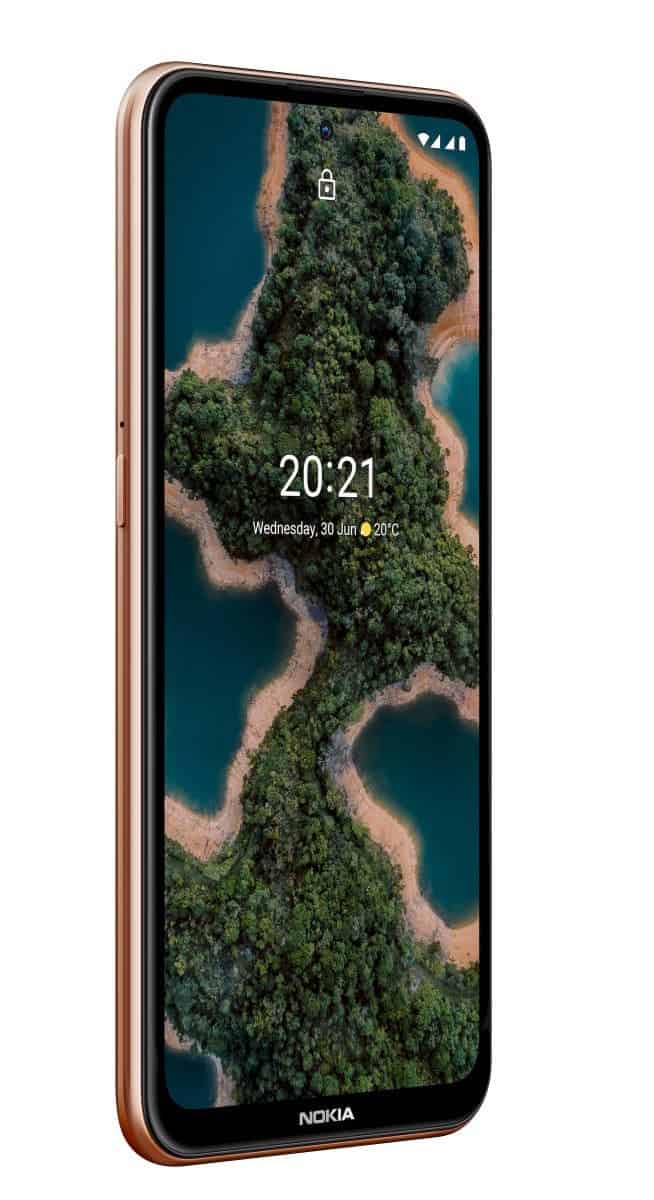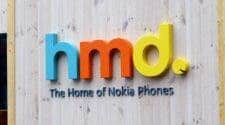Nokia unveiled a bunch of new 4G smartphones today during online streaming. However, the big stars of today’s event were for sure two 5G smartphones coming for the mid-tier segment – The Nokia X10 and X20. Instead of the usual versioned smartphones, the company is reviving its X-series. Remember the super cheap Microsoft-backed Android phone that was the closest we had to a Nokia smartphone several years ago? Well, the X-series is back with two competitive 5G smartphones.
The new lineup comes with the Nokia X10 and X20. Apart from bringing compelling specifications, HMD has pledged full support for three years. This means three years of OS and security update, but also a three-year warranty. The company is also including a 100% compostable case since the phones are part of HMD’s green initiative. Today’s event served to show us that Nokia is sticking with similar smartphones that have incremental differences. The Nokia X10 and X20 aren’t much different in terms of performance, but the X20 clearly takes advantage of the camera department. The same happens with the Nokia G10 and G20 which we covered in another article.
Nokia X10 and X20 specifications
Under the hood, both smartphones have the very same Qualcomm Snapdragon 480 5G chipset. It’s an 8nm chip with 2x Kyro 460 Gold cores, or if you prefer, Cortex-A76. There are also six Cortex-A55 cores and an Adreno 619 GPU keeps the graphics. Interestingly, this GPU is also present on the better Snapdragon 750G. For that reason, this chip is a level beyond everything we had on the Snapdragon 400 family so far.
The Nokia X10 is available in three distinct variants – 6GB/64GB, 4GB/128GB and 6GB/128GB. The X20 has 6GB/128GB and 8GB/128GB. It’s a little curious to see that the basic version of the Nokia X10 has 6GB of RAM, but just 64GB of Storage. Thankfully, both smartphones support microSD card support.
Both devices flaunt a 6.67-inch LCD with 2,400 x 1,080 resolution. The brightness targets 450 nits and the color gamut are capped at 82%. Unfortunately, there is no high-refresh rate and no mention of glass protection. The package includes a glass film, so we assume it’s the provided way to protect your screen from scratches.
As aforementioned, the Nokia X20 is the camera smartphone in this duo. It comes with a 64MP main camera complete with ZEISS optics and software features to color grade. Unfortunately, the main camera is the most appealing unit in this sensor. The secondary snapper is an ultra-wide module, that only offers up to 5MP resolution. Nokia tries to catch customers with certain fancy features such as the Dual-Sight feature that allows you to snap photos and record videos using two cameras simultaneously. The other two modules are a 2MP macro and a 2MP depth sensor. The front snapper is a 32MP selfie snapper with a fixed focus.
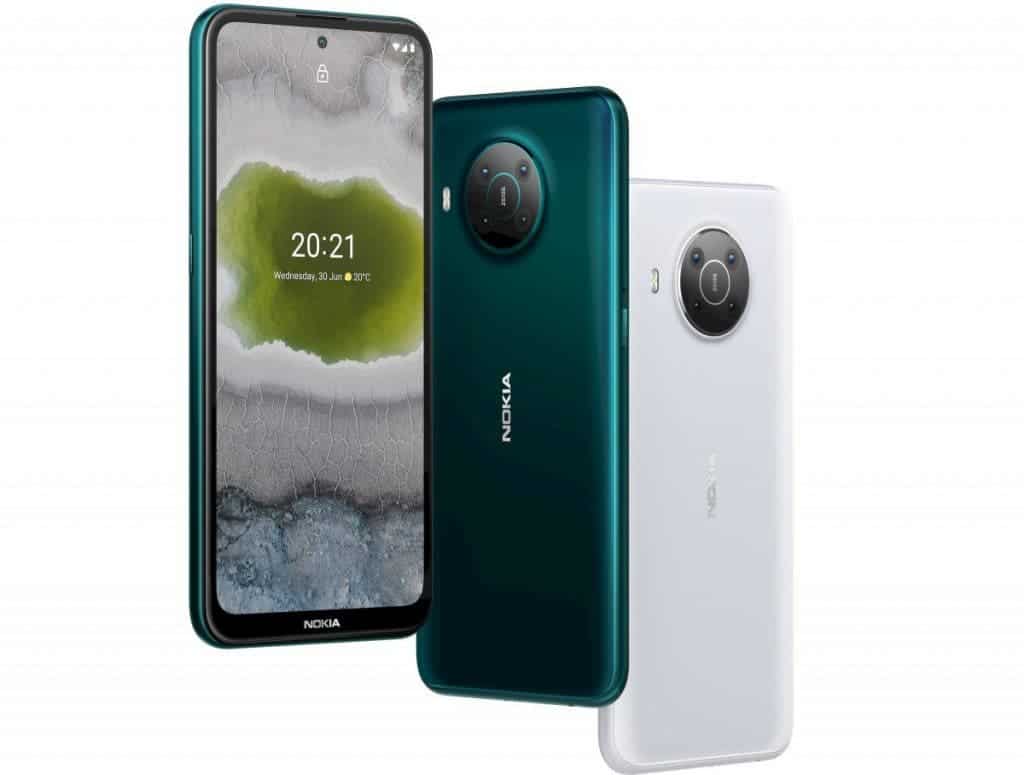
The Nokia X10, on the other hand, has a 48MP main camera, that still gets ZEISS treatment. The other sensors are identical, but the selfie snapper was downgraded to 8MP. In terms of connectivity, both smartphones feature 5G, Wi-Fi 5, Bluetooth 5.0 with aptX HD/Adaptive, and NFC. Other specs include USB-C, 3.5mm headphone jack, and FM radio receiver.
Both handsets draw power from the very same 4,470mAh battery with 18W fast-charging support. However, HMD is starting to go the same route as Samsung, Xiaomi, and Apple. In some regions, the X20 will retain its charging brick, but the X10 will always come with a USB-C cable only. Anyway, both smartphones will come with Android 11 vanilla. Users can also expect two years of major Android upgrades and three years of security patches. The phones have side-mounted fingerprint scanners and a dedicated Google Assistant Buttons. The X10 features an IP52 rating.
Pricing and Availability
The Nokia X20 will reach the shelves in May at 350 Euros. The Nokia X10 will arrive a month later in June with 310 Euros. They aren’t exactly cheap 5G smartphones but are on par with other devices released in the old continent. The extended support certainly is a plus, but is it enough to attract customers? Time will tell.

